
Only in Meghalaya
Experiences you won’t find anywhere else
Symphony in the mist.
Book NowExperiences you won’t find anywhere else
Exclusive Picks for the Curious Traveler
Sorry! No data available
Discover Meghalaya’s hidden landscapes
Festivals you won’t want to miss

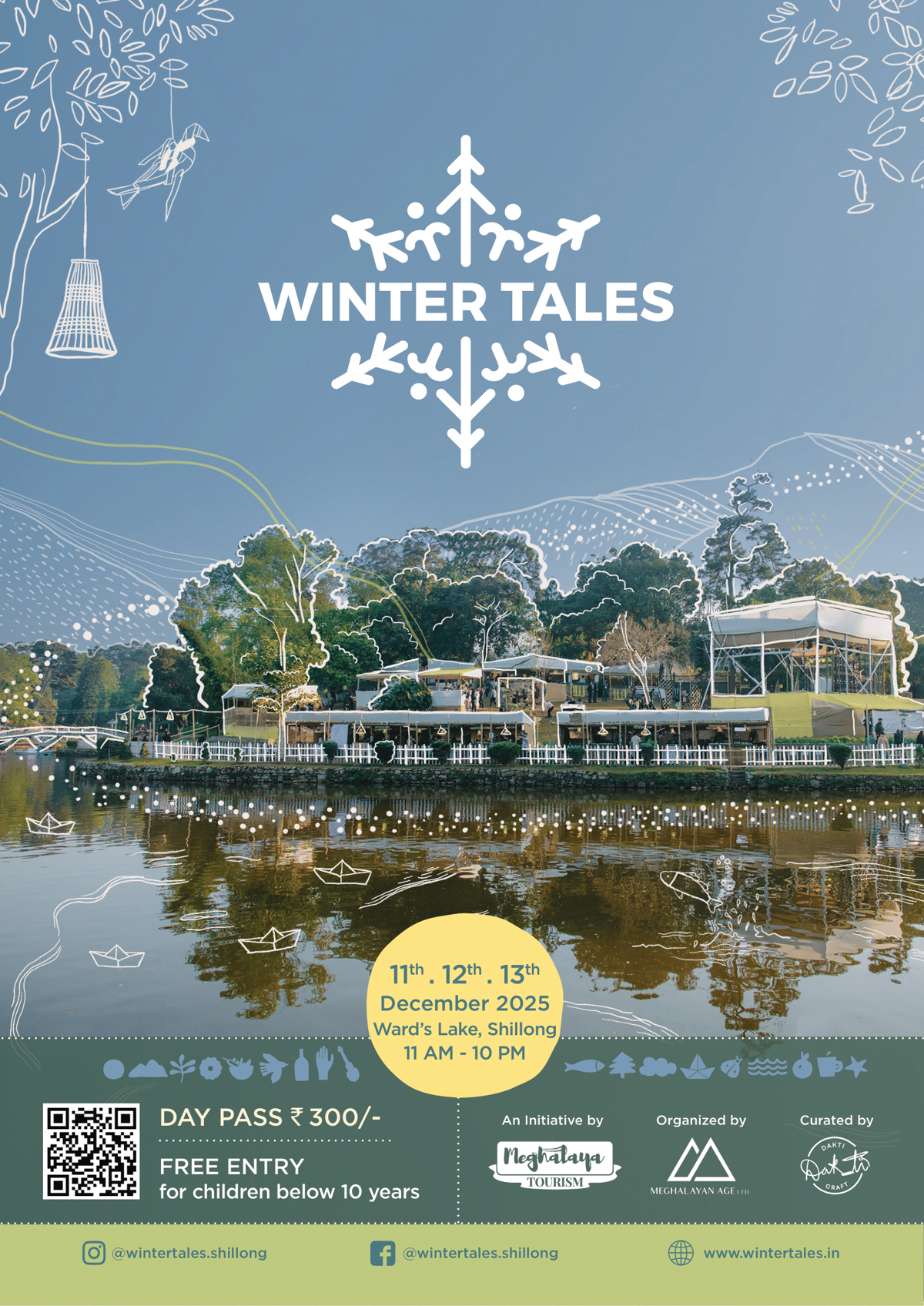
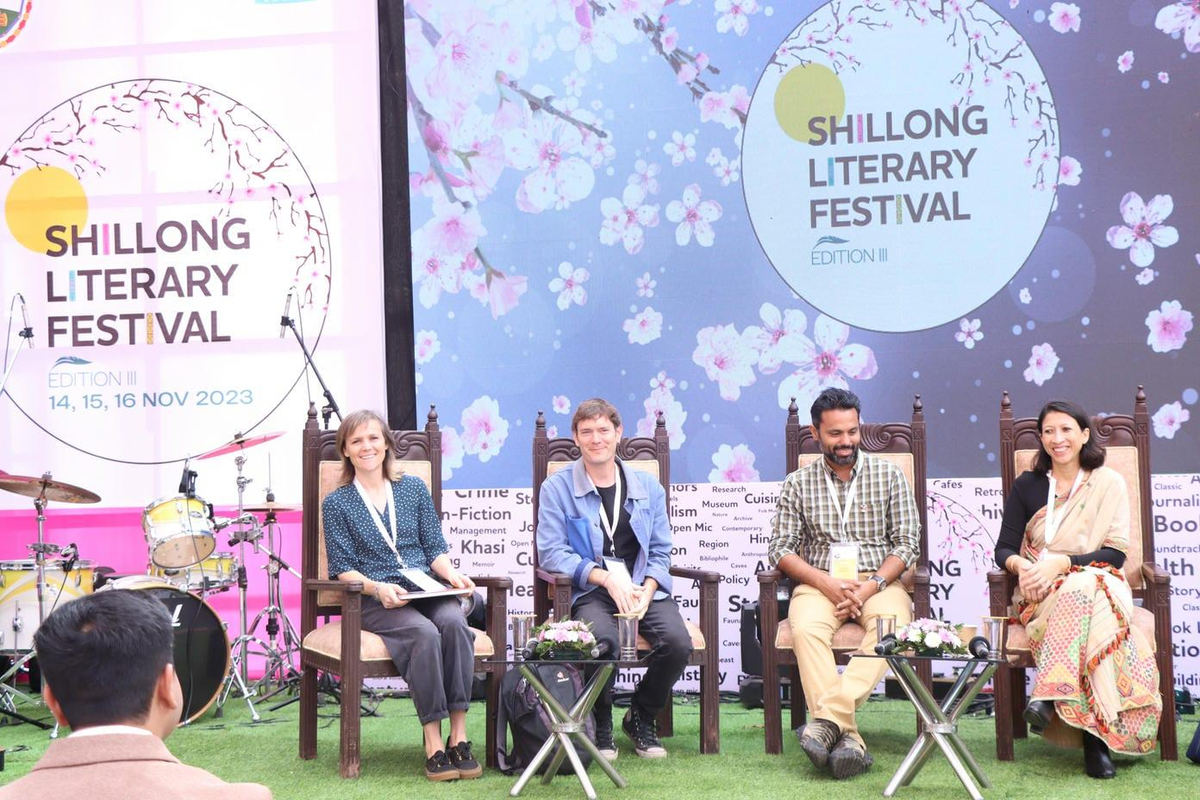
Where Nature, Culture, and Adventure Unite
Unique, Eco Friendly, Natural Products
Explore cultures, landscapes and destinations through this interactive map
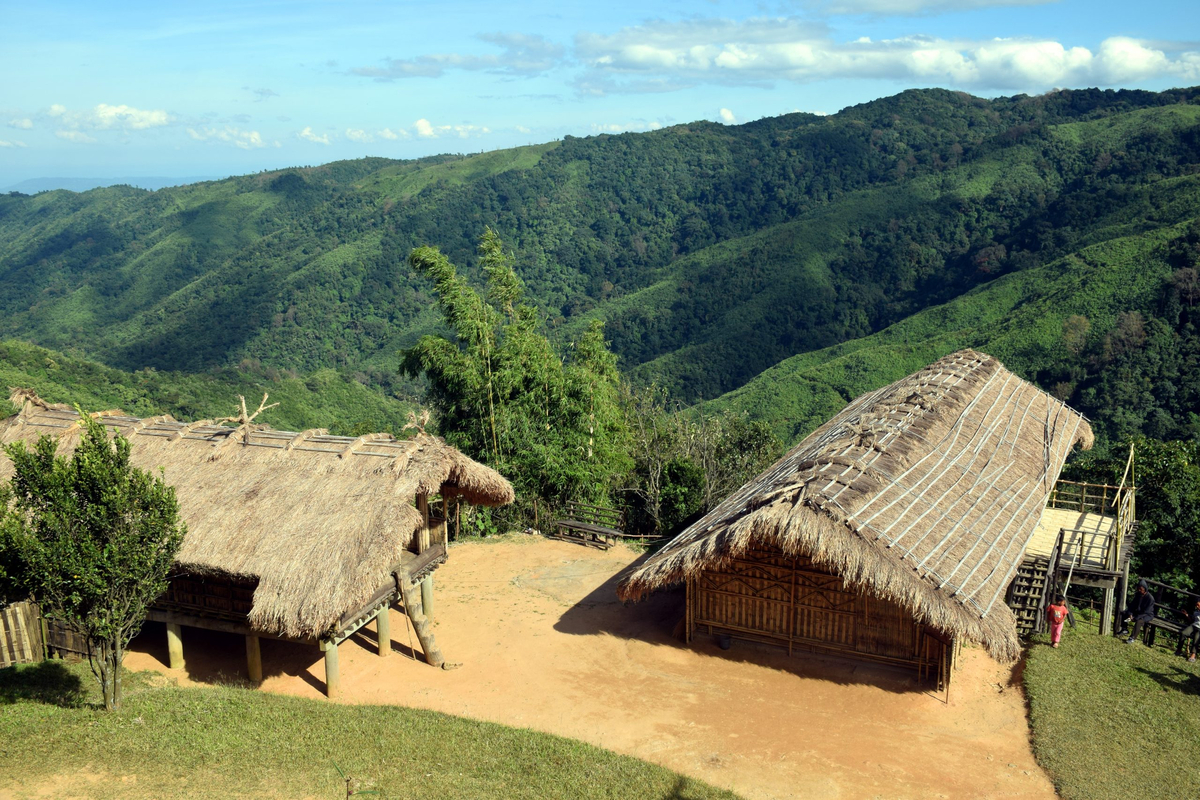
The Garo Hills, rich in wildlife and culture, house the Nokrek Biosphere Reserve and mythical Balpakram. Known for unique cuisine, traditions, and river angling, it draws thousands of adventurers every year.

Garo Hills

Khasi Hills

Jaintia Hills
Tucked in Meghalaya's East Khasi Hills, Mawsynram is the Wettest Place on Earth, soaked by nearly 12,000 mm of rain a year. Here, monsoon clouds reign supreme, shaping life with every drop.
Your guide to exploring Meghalaya
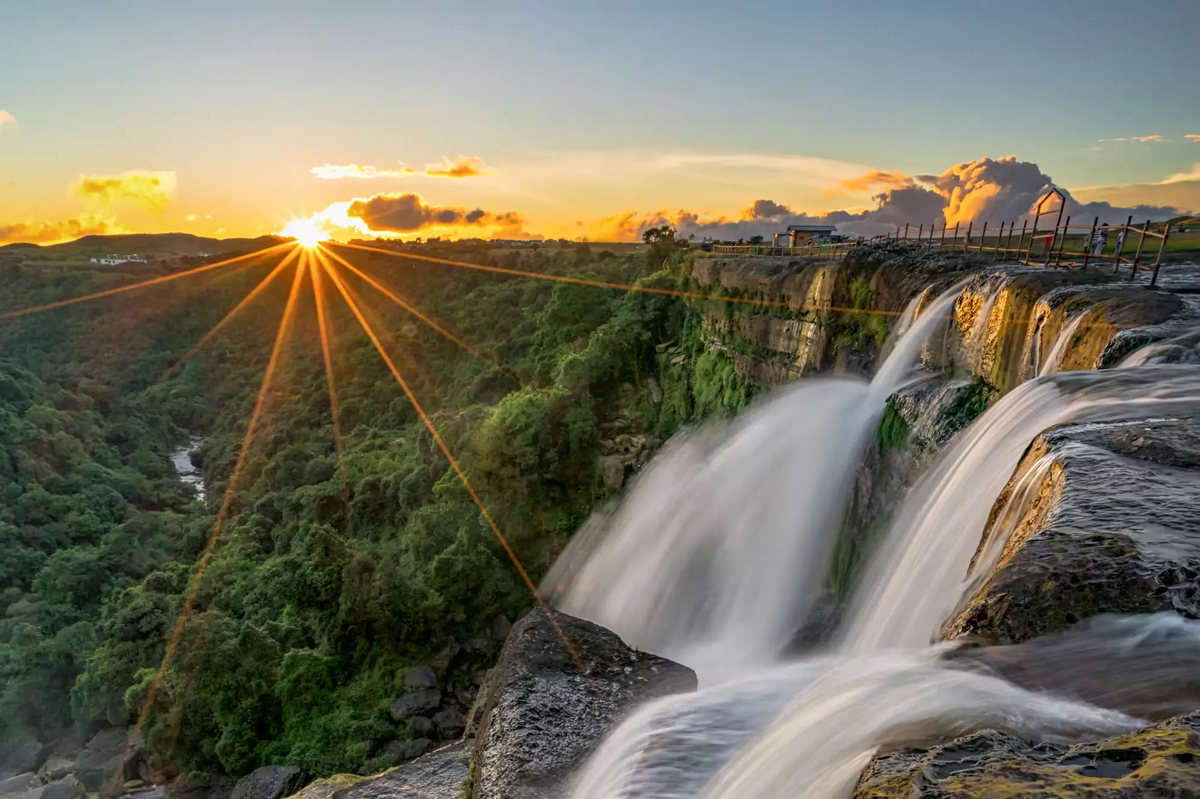
Perfect introduction to Meghalaya covering major highlights in Shillong and Cherrapunji.
Learn More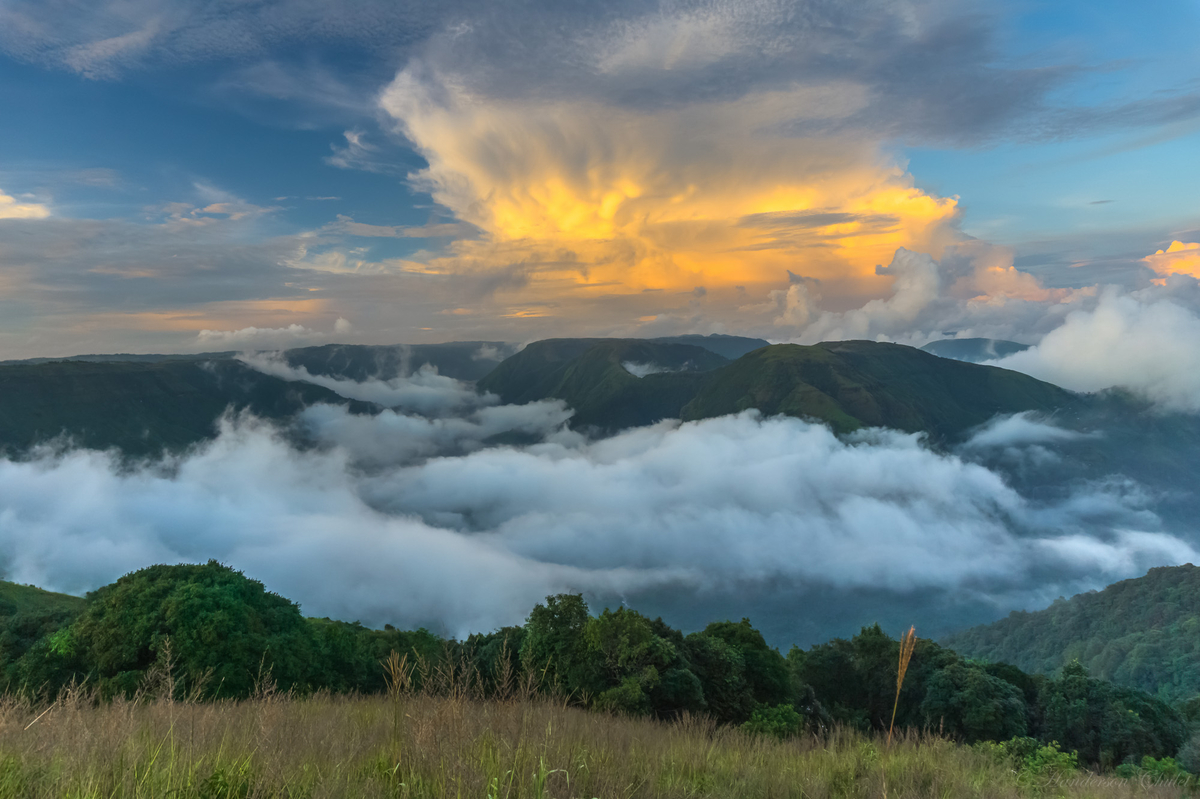
Comprehensive exploration of Khasi Hills including living root bridges and sacred forests.
Learn More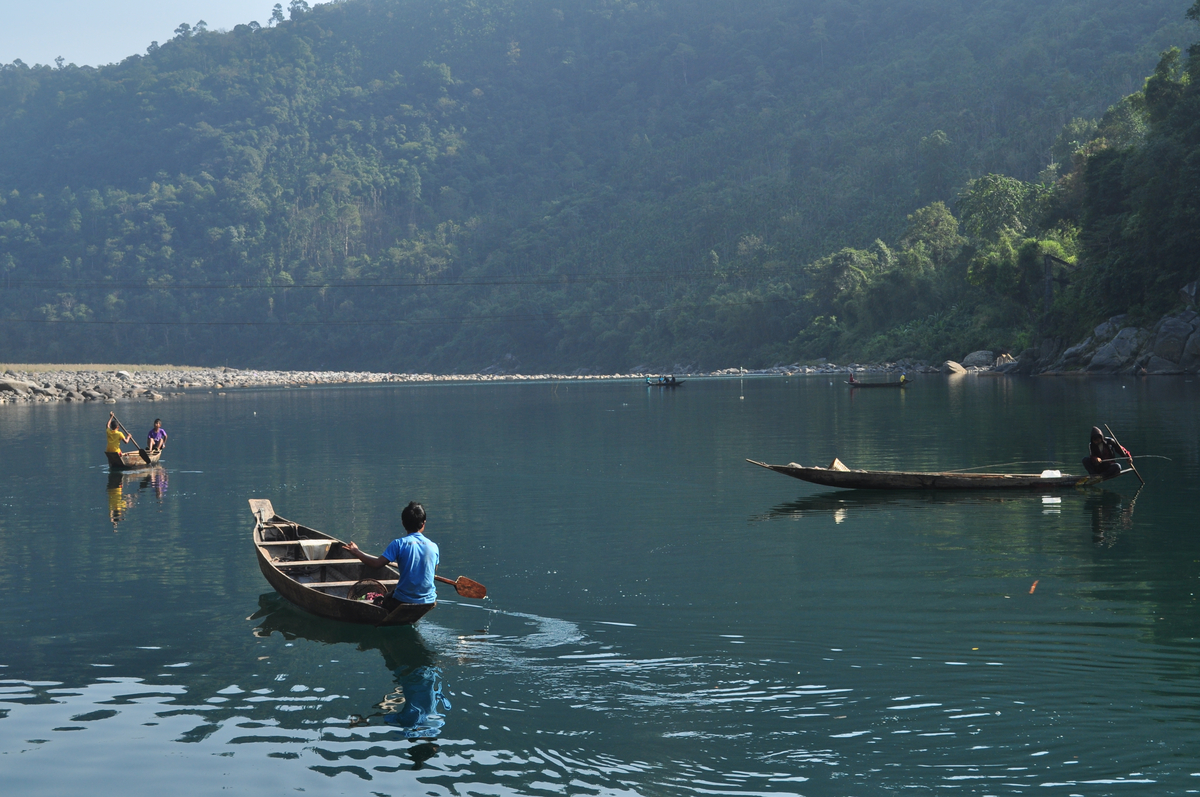
Spiritual journey through sacred groves, monoliths, and traditional ceremonies.
Learn MoreAllow us to help you be fully prepared.
Meghalaya's rich cultural tapestry is woven from the traditions of three major indigenous communities, each contributing unique customs, languages, and wisdom to the state's identity.
Stream the spirit of the hills


Uncover hidden moments of Meghalaya from mist-cloaked hills to secret waterfalls, waiting just beneath the surface.
View More